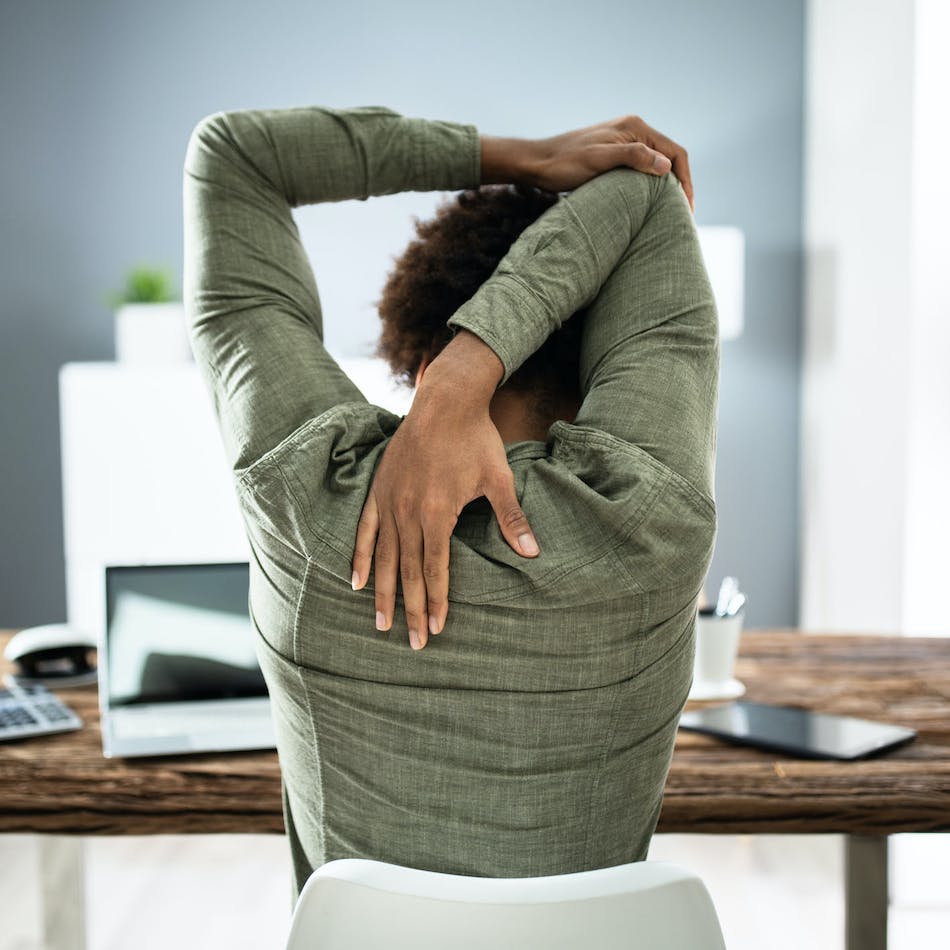Well Beyond Work: Staying Physically Active During a Pandemic
Published August 18, 2020

Fact: Physical activity is important for overall health and well-being.
Why?
According to the World Health Organization (WHO) and Centers for Disease Control and Prevention (CDC) regular physical activity benefits both the body and mind by helping to reduce high blood pressure, heart disease, stroke, type 2 diabetes, arthritic symptoms, and various cancers. It can also help manage weight, improve bone, and muscle strength and increase balance, flexibility, and fitness. Physical activity can also help our mental health by improving cognitive thinking and helping to reduce the risk of stress, anxiety, and depression.
The challenge of staying active
Staying physically active while adhering to state and local health orders and guidelines requiring restricted activities, social distancing, wearing a mask and washing our hands has been a challenge due to the COVID-19 pandemic. For many, this may have caused a change in behavior to a more sedentary lifestyle – sitting more throughout the day. During these times it is important to remember to engage in some level of physical activity, even a short break from sitting by doing 3-5 minutes of physical movement like stretching can help to ease muscle strain and improve blood circulation. Staying physically active can also include participating in active bodily movement when sitting at your desk, couch, or wheelchair, i.e. Tai Chi, Chair Yoga and stretching.
Key takeaway: People of all ages and abilities should aim to be as active as possible and always remember to follow the advice of their physician,
What is physical activity?
Any bodily movement created by skeletal muscles that requires some level of energy – anything that gets you moving, such as walking, gardening, dancing, lifting weights, and even household chores.
U.S. Department of Health & Human Services, Office of Disease Prevention and Health Promotion (ODPHP) recommends adults need a mix of physical activity that include moderate-intensity aerobic activity and muscle strengthening activity.
Tips for staying physically active
WHO, CDC and ODPHP have posted great tips, guides, and videos on staying physically active during a pandemic, a few examples include:
Set up a regular routine to be active every day. Choose a specific type of activity and time of day you will do every day.
Many gyms, organizations and YouTube are offering streaming or on-demand fitness options.
Keep up with household chores and yardwork. Activities might include vacuuming, sweeping, gardening, and cleaning your closets.
Play your favorite music and move to the rhythm or dance…don’t worry, no one is watching!
While sitting or standing, do slow muscle strengthening activities such as stretching, lifting weights or improvise using full bottles of water or canned food.
Engage in fun activities that get you up and moving, i.e. hula hoops, jumping jacks and jump ropes.
For outdoor activities like riding a bike or going for a walk, CDC recommends before making a decision about whether or not to be active outside your home be sure to check the latest guidance from your local health department and community or state leaders.
References and additional resources:
World Health Organization
Ideas to stay active at home
U.S. Department of Human Services/Office of Disease Prevention and Health Promotion.
Staying active while social Distancing: FAQ, includes guidelines on any outdoor activities (walking, riding a bike, etc.)
Ideas on staying active close to home, a resource guide integrating physical activity into the workplace including ideas while working from home, i.e. chair exercises and yoga
Centers for Disease Control and Prevention
Fun tips on physical activities to try at home.
Physical activity – Why physical activity matters
American Heart Association
Virtual workouts and streaming events
Recommendations for Physical Activity in Adults and Kids – Ideas to support the connections between physical activity, overall health and well-being, disease prevention and quality of life

